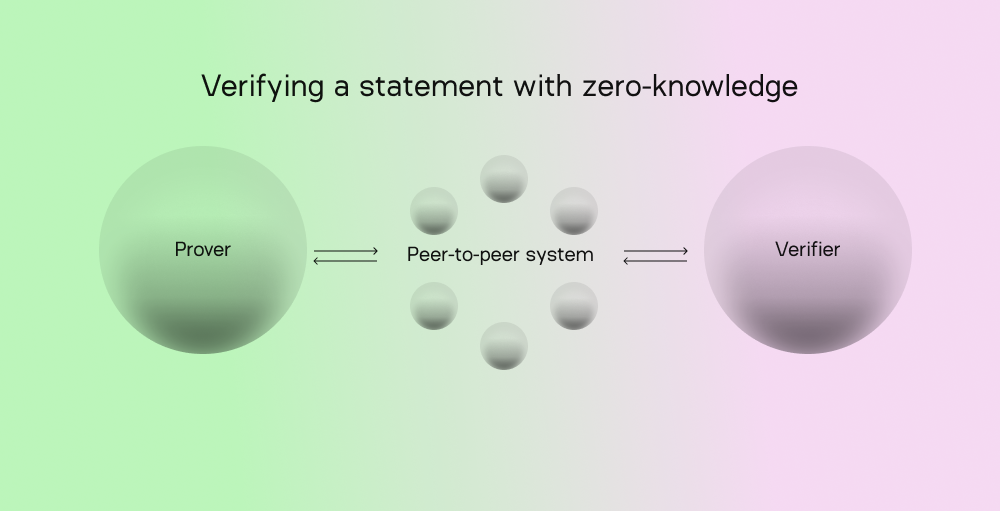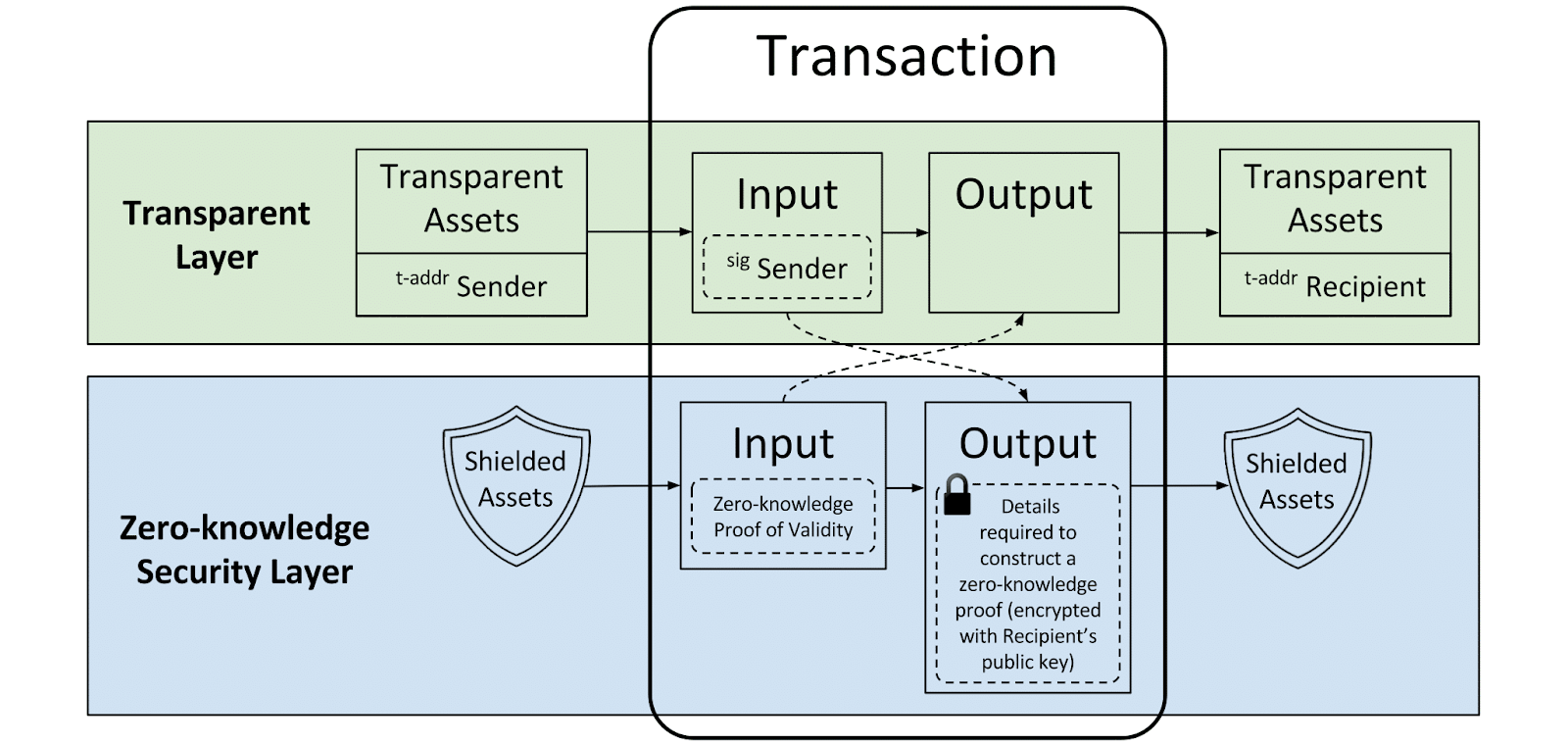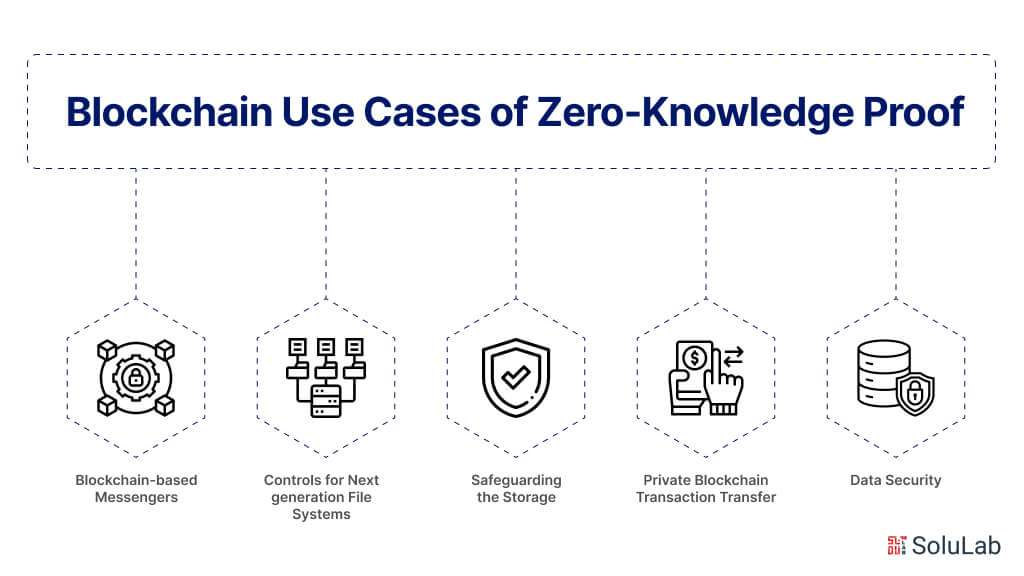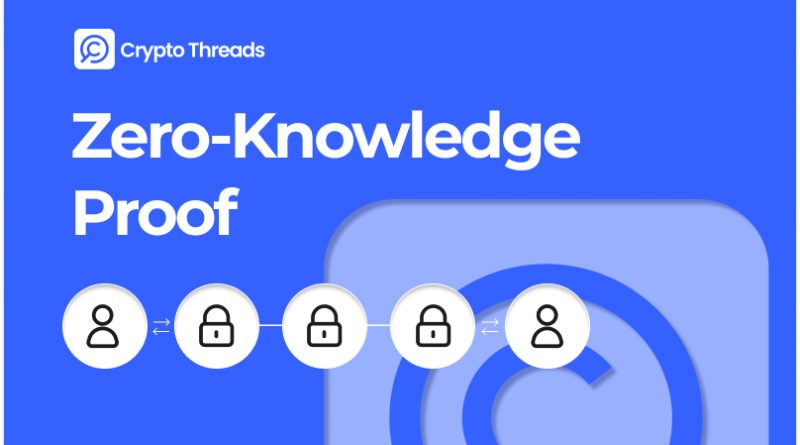All About Zero-Knowledge Proof: How It Improves Blockchain Technology
Zero-knowledge proofs (ZKPs) are an incredible approach in cryptography where one party (the prover) can convince another party (the verifier) that something is true without giving any information about it apart from the fact that it is true. This vast technology has enormous implications for privacy, security, and efficiency, especially applied to blockchain.

Zero-Knowledge Proof Explained (Source: Mangrovia)
Principles of Zero-Knowledge Proofs
There are three key principles that drive how ZKPs are able to work. The first principle — completeness — guarantees that if the statement is true, an honest verifier will be convinced when interacted with an honest prover. The second condition, soundness, ensures that an adversary prover cannot convince a verifier of a false statement. Finally, the zero in zero-knowledge means that the verifier learns nothing except whether (and possibly why) the statement is true. Such principles render ZKPs an unavoidable tool in cryptographic safety.

How Zero-Knowledge Proof Works
Types of Zero-Knowledge Proofs
There are two primary types of ZKPs: interactive ZKPs and non-interactive ZKPs.
Interactive Zero-Knowledge Proofs (iZKPs), which involve multiple rounds of interaction between a prover and verifier. The prover interacts with the verifier in a challenge-response fashion. One of the classic examples of an interactive zero-knowledge proof is the Ali Baba cave example. Let’s take a cave with two entrances. A prover asserts that he knows the secret word that unlocks a concealed door within the cave. The verifier waits outside and then asks the prover to exit from one or the other entrance at random. If no matter how the prover exits, they can always use the selected entrance, they have proven they know the secret, without revealing the word itself. Interactive ZKPs are extremely secure but impractical on a large scale due to their high communication overhead.
Non-Interactive Zero-Knowledge Proofs (niZKPs), in contrast, require only a single message from the prover to the verifier. This makes them highly efficient for blockchain applications, as they eliminate the need for continuous interaction. A widely used example of a non-interactive zero-knowledge proof is zk-SNARKs (Succinct Non-Interactive Arguments of Knowledge), which enable privacy-preserving transactions in cryptocurrencies like Zcash. Another example is the proof of membership analogy, where a person can prove they belong to an exclusive club by opening a locked safe with a secret code, without revealing the code itself. This ensures privacy while confirming authenticity.
Evolution of Zero-Knowledge Proofs
The evolution of ZKPs has been marked by significant milestones. The concept was first introduced in 1985 in the paper “The Knowledge Complexity of Interactive Proof Systems” by Goldwasser, Micali, and Rackoff. In 2011, zk-SNARKs (Succinct Non-Interactive Arguments of Knowledge) were developed, making ZKPs applicable to real-world settings. The Groth16 algorithm, introduced in 2016, improved efficiency and eliminated the need for a trusted setup. Further advancements came in 2018 with zk-Starks, which enhanced scalability and security. Finally, in 2019, the PlonK protocol introduced universal ZKPs, allowing a single trusted setup to be reused for multiple applications.

zk-SNARKs for the Enterprise (Source: Electric Coin Company)
How Zero-Knowledge Proofs Improve Blockchain Technology
ZKPs significantly enhance blockchain technology by improving privacy, scalability, and security. In terms of privacy, ZKPs enable confidential transactions ensuring that users can prove transaction validity without revealing sensitive data. This feature is crucial for blockchain networks like Monero and Zcash, which prioritize financial privacy. Regarding scalability, ZKPs improve blockchain efficiency by enabling off-chain computations and succinct proofs, reducing the computational burden on blockchain nodes. Finally, in terms of security, ZKPs eliminate the need for intermediaries while ensuring the integrity of transactions and smart contracts.
Real-World Applications of Zero-Knowledge Proofs

What Zero Knowledge Proof Used For (Source: SoluLab)
Several real-world applications showcase the potential of ZKPs in blockchain and beyond. Cryptocurrencies such as Zcash use zk-SNARKs to enable private transactions, enhancing financial privacy. In blockchain efficiency, Mina Protocol leverages ZKPs to maintain a lightweight blockchain, ensuring decentralization and scalability. Financial institutions, including ING Bank, utilize ZKPs to verify customer information without exposing personal data, improving privacy and regulatory compliance. Additionally, supply chain management benefits from ZKPs, enabling secure and transparent tracking of goods without compromising business confidentiality.
The Future of Zero-Knowledge Proofs in Blockchain
The future of ZKPs in blockchain is promising, with ongoing research and development aimed at enhancing efficiency, interoperability, and user accessibility. Emerging technologies like recursive zk-SNARKs and layer-2 scaling solutions will further optimize blockchain performance. As the demand for privacy and security in digital transactions grows, ZKPs will continue to play a crucial role in advancing blockchain technology, driving innovation, and fostering a more secure and scalable decentralized ecosystem.



